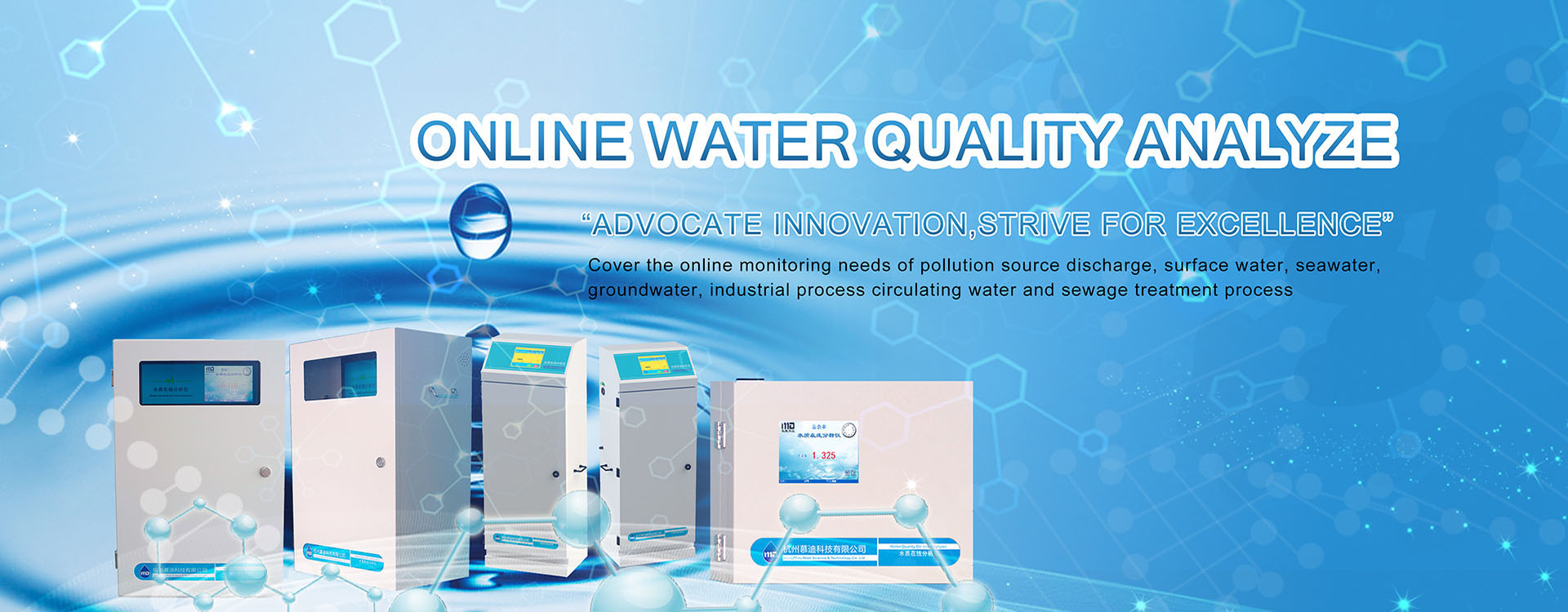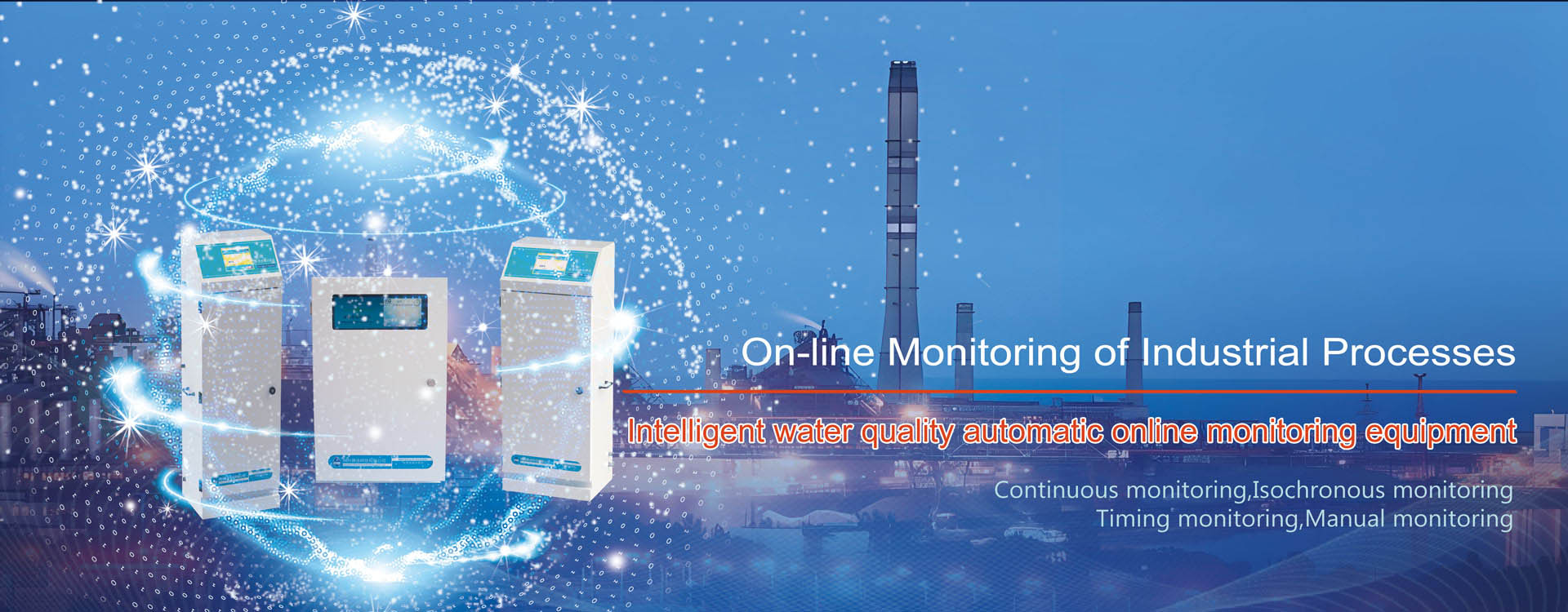The comparability of water quality monitoring refers to the degree of consistency of the results obtained when different determination methods are used to measure a pollutant in the same water sample. When setting the values of environmental standard samples, the data obtained by using different standard analysis methods should have good comparability. Comparability not only requires that the monitoring results of the same sample between laboratories should be comparable to each other, but also requires that the monitoring results of the same sample in each laboratory should be comparable to the data of related projects, and the same project in the absence of special circumstances, the data of the same period over the past year is also comparable.
On this basis, the quantity and value of standard substances should also be transferred and traced to achieve international and inter-industry data consistency and comparability, as well as monitoring data comparability between large environmental areas and different times.
For example, the results of determination of NO3 — N by ion chromatography should be basically consistent with those of phenoldisulfonic acid spectrophotometry. The results of determination of chlorobenzenes by gas chromatography should be similar to those by gas chromatography-mass spectrometry. In the past, our country used ultraviolet spectrophotometry to determine petroleum, and the results of this method and infrared method are not comparable. Because the petroleum ether extractant used in the ultraviolet method is different from the carbon tetrachloride used in the infrared method, the absorption wavelength of the ultraviolet method is different from that of the infrared method, and the different petroleum components are determined by them.
If you want to know about the water quality monitor users can pay attention to Hangzhou Modi-Tech!




